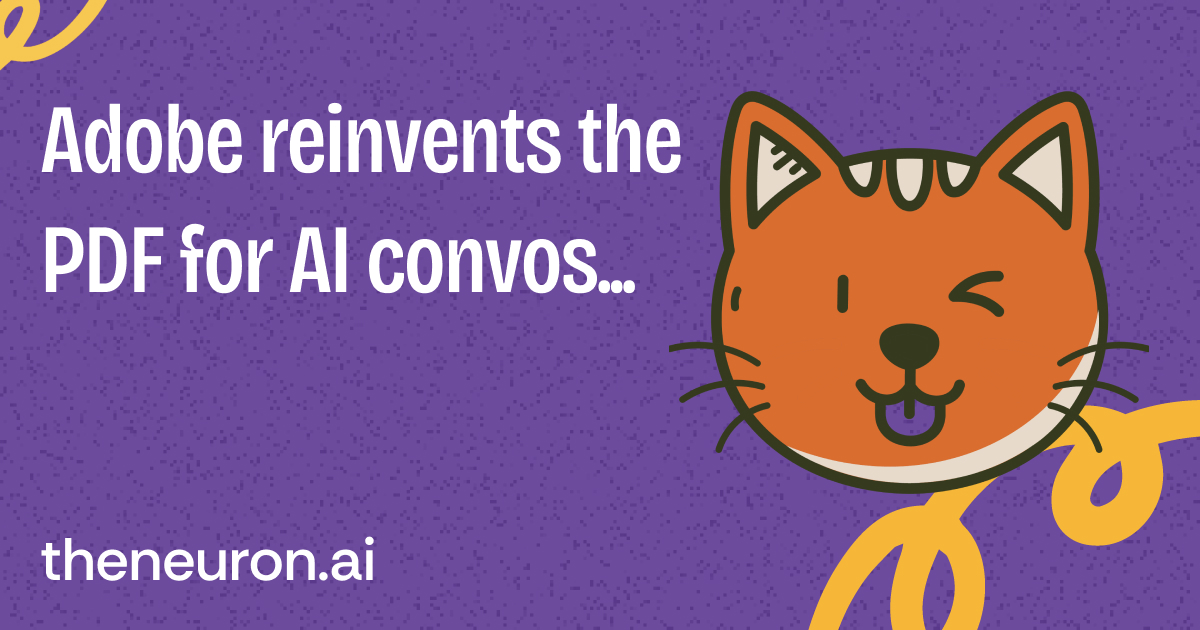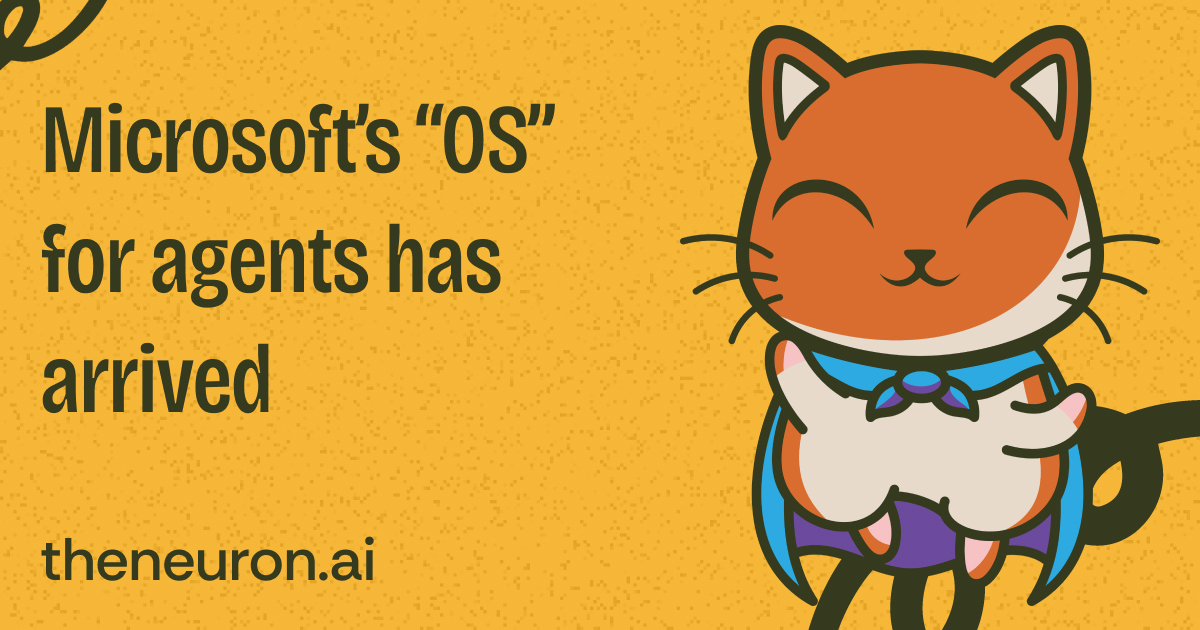Welcome, humans.
Today, in overengineering complicated workflows 101, we have this dude who “replaced” their personal assistant with the most wild spaghetti mess of an N8N workflow (no code AI agent builder tool) we’ve ever seen:
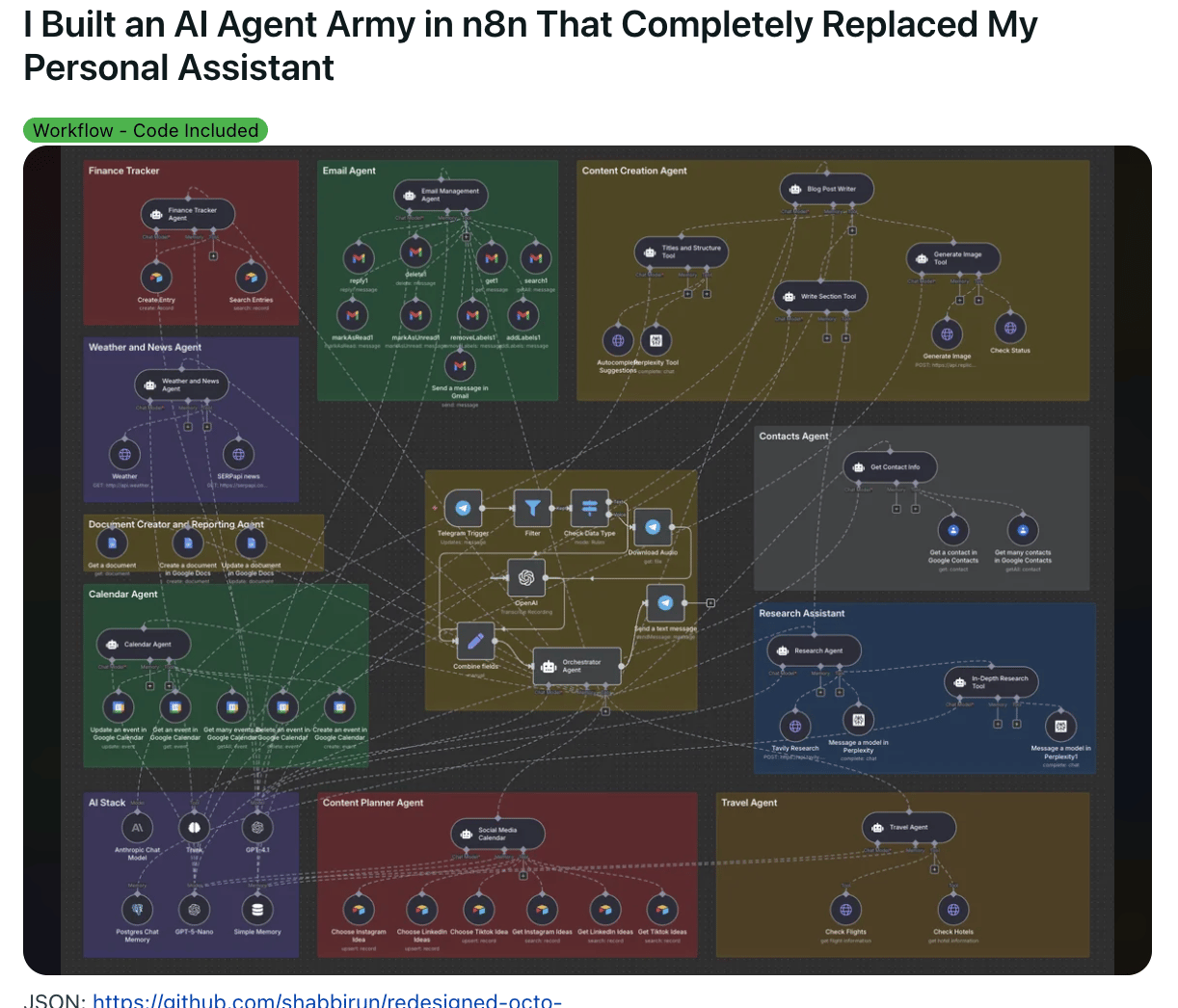
How much you wanna bet OpenAI’s GPT-5 codebase looks something like this, if not 100x worse?
Here’s what happened in AI today:
- Adobe launched Acrobat Studio for AI-powered PDF conversations.
- DeepSeek released V3.1-Base model achieving 71.6% on coding benchmarks.
- NIST proposed new AI security controls across five key use cases.
- Meta created new 4-pronged structured in latest AI org shake-up.

Adobe just turned PDFs into AI-powered conversation hubs.
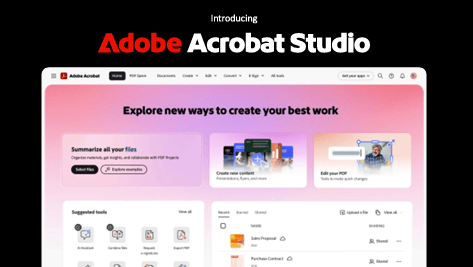
We’re living in the age of AI agents, and yet, we’re still working with PDFs? What gives? Well, Adobe unleashed Acrobat Studio yesterday, and honestly, it's about time someone made PDFs less... PDF-y.
The new platform combines Adobe Acrobat, Adobe Express, and AI agents into one workspace where you can chat with your docs, get insights, and create content without jumping between 47 different apps.
The star feature is called “PDF Spaces.” Think of it as turning your document dumps into smart assistants. Upload PDFs, docs, web pages, whatever, then AI agents help you find insights, answer questions, and cite their sources. You can even customize these AI assistants for specific roles or create your own.
What you can actually do with it:
- Business pros can dump client files into a space, ask AI to summarize key insights, then turn those into polished reports or infographics.
- Students can organize research notes, generate study guides, and get proper citations without the usual academic panic.
- Regular humans can upload mortgage contracts, ask AI to explain the confusing parts in plain English, then e-sign everything in one place.
Real-world use cases across departments:
- Sales teams generate tailored proposals and streamline RFP responses.
- Legal can compare contracts, summarize policies, and organize case files securely.
- Marketing can synthesize customer feedback and create launch materials.
- Finance can summarize reports and generates compliance-ready presentations.
- HR can review resumes at scale and simplify onboarding processes.
The content creation piece is where it gets interesting. Once you extract insights, you can immediately turn them into infographics, presentations, or social posts using Adobe Express tools… all powered by Adobe Firefly for image and video generation.
Enterprise angle: Adobe's betting big on security here. Everything runs in sandboxed environments with enterprise-grade encryption, and they're not training AI models on customer data.
The AI assistants can take on different roles too — like “instructor,” “analyst,” or “entertainer” (How about “read my docs in the style of The Neuron”) depending on how you want information presented. Plus, you can share entire PDF Spaces with colleagues, so everyone's working from the same smart document hub. That’s nice.
The pricing starts at $24.99/month for individuals ($29.99 for teams), which isn't cheap, but it includes Adobe Express Premium and all the traditional Acrobat Pro tools.
Good luck unsubscribing though lol (can y’all @ Adobe fix this? k thx bye).
Our take: As Axios pointed out, some people (like Wedbush analyst Dan Ives) think Adobe's playing catch-up here. Ives recently removed Adobe from their AI 30 list. Meanwhile, Google's NotebookLM already does a version of this for free, Claude and ChatGPT’s Projects offers similar document chat features, and like we said before (and SemiAnalysis confirmed), we think OpenAI is going for a super app that eventually houses all your docs.
The enterprise angle is where Adobe might have an edge. Recent research shows 69% of organizations cite AI-powered data leaks as their top concern, and enterprises are blocking 59.9% of AI transactions due to security fears. Adobe's pitch around enterprise-grade security and not training on customer data could resonate.
Anyway, as cool as all this is or isn’t, the most viral new Adobe feature is actually this one from Illustrator, which lets you FINALLY rotate your images:
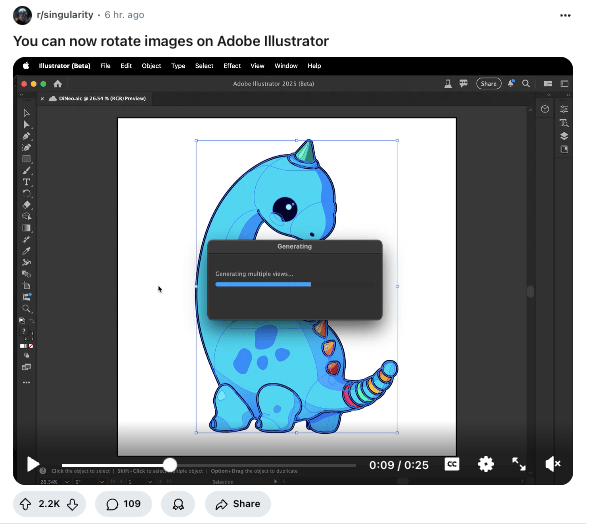

FROM OUR PARTNERS
The AI runtime powering top apps to 1M users in <30 days is now public
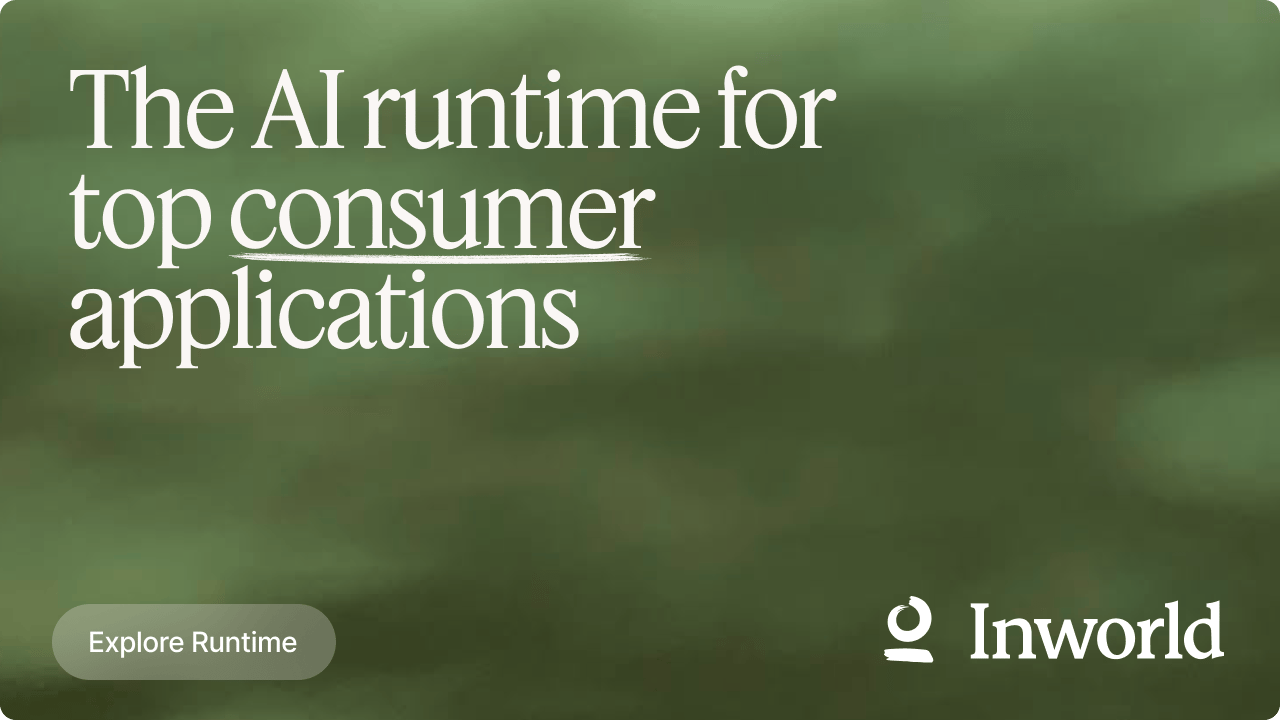
The Inworld Runtime features:
- Adaptive graphs that auto-scale workloads from 10 to 10M users. C++ speed, any model.
- Automated MLOps that eliminates maintenance overhead with automatic failovers and intelligent rate limiting.
- Live experiments for models, prompts, and AI feature variants. One-click and no code changes.
Easily integrates with your existing stack and all providers. Free through August. Try Inworld Runtime today.

Prompt Tip of the Day.
Video tutorial time! Tina Huang (one of our fave YouTube AI creators) just released a new, 25 minute video on how to go from zero to AI agent via N8N.
Now, what if you want to run a local model (like, say, ChatGPT’s local model, GPT-OSS 20B) on your computer? We recommend you use a tool called LM Studio, and this tutorial from JeredBlu will show you exactly how.
Now, let’s say all of that is just… too technical for you. Well, Matt Berman just put together his recap of the GPT-5 Prompting Guide from OpenAI, which will walk you step by step through the guide in order to better prompt GPT-5 to get what you want.
Check out all of our prompt tips of the day from August here!

Treats to Try.
*Asterisk = from our partners. Advertise in The Neuron here.
- *Chatbase builds customer support agents that automatically answer your customers' questions, update their order details, and escalate complex issues to human agents when needed.
- GraphiteChat lets you highlight confusing code in pull requests, ask “what does this do?”, and get instant explanations plus suggested fixes you can apply with one click (explainer).
- Firecrawl now scrapes websites 10x faster (~1 second) and lets you guide it with natural language like "get the blog pages" while also pulling news, images, and auto-generating summaries (raised $14.5M).
- AI Sheets builds datasets for you in a spreadsheet—describe what data you need, AI fills it in, no coding required.
- Pangram tells you if text was written by AI instead of a human, catching ChatGPT and Claude with 99.8% accuracy—starting at $12.50/month.
- Higgsfield is now offering unlimited Hailuo MiniMax generations (for free this week) to turn your drawings (like a sketch you uploaded) into a full HD videos.
- Did you know Openrouter has a leaderboard to see what are the main models other people are using via API?

Around the Horn.

There’s more here too, like a game version of the Titanic, Chernobyl, and the Suffragette movement (and tons more) as well as steampunk games set in European Cities.
- DeepSeek published DeepSeek-V3.1-Base, a new version of its flagship model, and the early benchmarks show 71.6% on coding tasks (matching expensive competitors), 128K context, and is just one of a ton of recent open weight model releases (and here’s a few more details from Swyx; keep in mind, this is a base model and not one you would normally use… looks like this will lead to DeepSeek V4, not R2, the reasoning version).
- NIST (US tech standards agency) proposed new security control overlays for AI systems across five key use cases: genAI assistants for content creation, predictive AI for data analysis and decision-making, single AI agents for autonomous business tasks, multi-agent systems for complex cooperative workflows, and security controls for AI developers.
- Meta has once again restructured its AI org chart again, this time creating Meta SuperIntelligence Labs (MSL) led by TBD Labs, which will build new foundation models (the Llama models) while the others will focus on research, product, and infrastructure respectively.

Midweek Wisdom
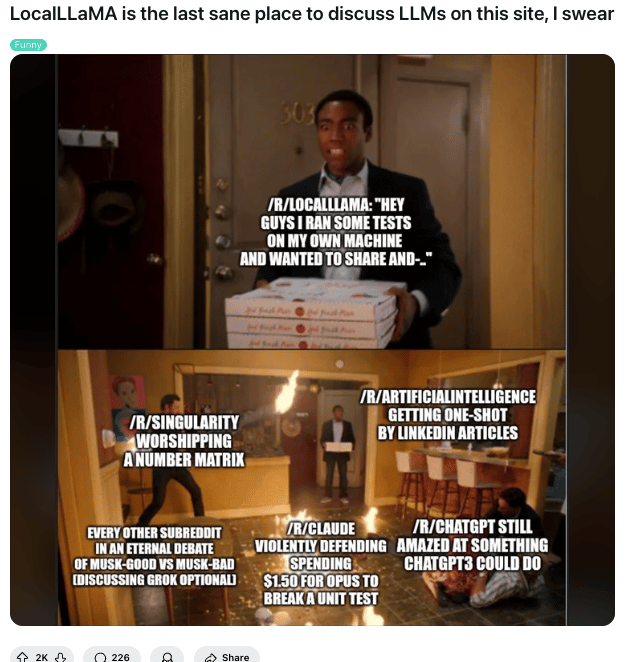
This is going to be you after learning how to install and run your own AI with LM Studio…
- Microsoft AI CEO Mustafa Suleyman is worried about “Seemingly Conscious” AI, or AI systems that convincingly appear conscious without actually being conscious.
- Check out Corey’s breakdown of Anthropic's new “interpretability” video that covers how AI models engage in sophisticated internal planning and strategic deception—including catching Claude BS-ing by reverse-engineering fake math solutions to match user hints rather than actually solving problems, revealing that models have complex “languages of thought.”
- Po-Shen Loh says the number one trait for success in an AI-driven world is the ability to think independently and critically (what he calls “autonomous human thinking” and “thoughtfulness”), because without it you become dependent on others (including AI!) to do your thinking for you, making you easily deceived and unable to solve novel problems or collaborate effectively.

A Cat’s Commentary.
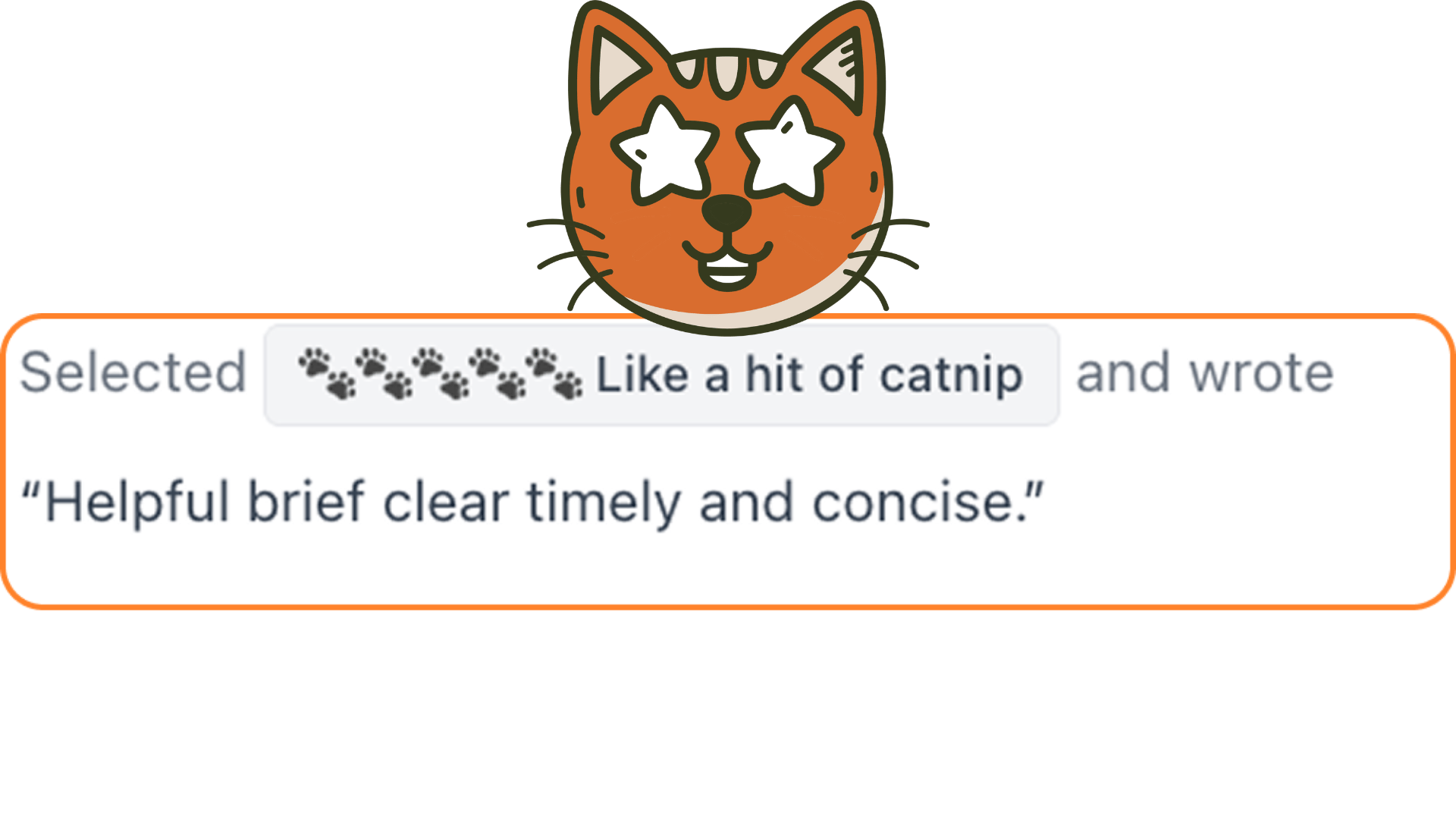


.jpg)

.jpg)


